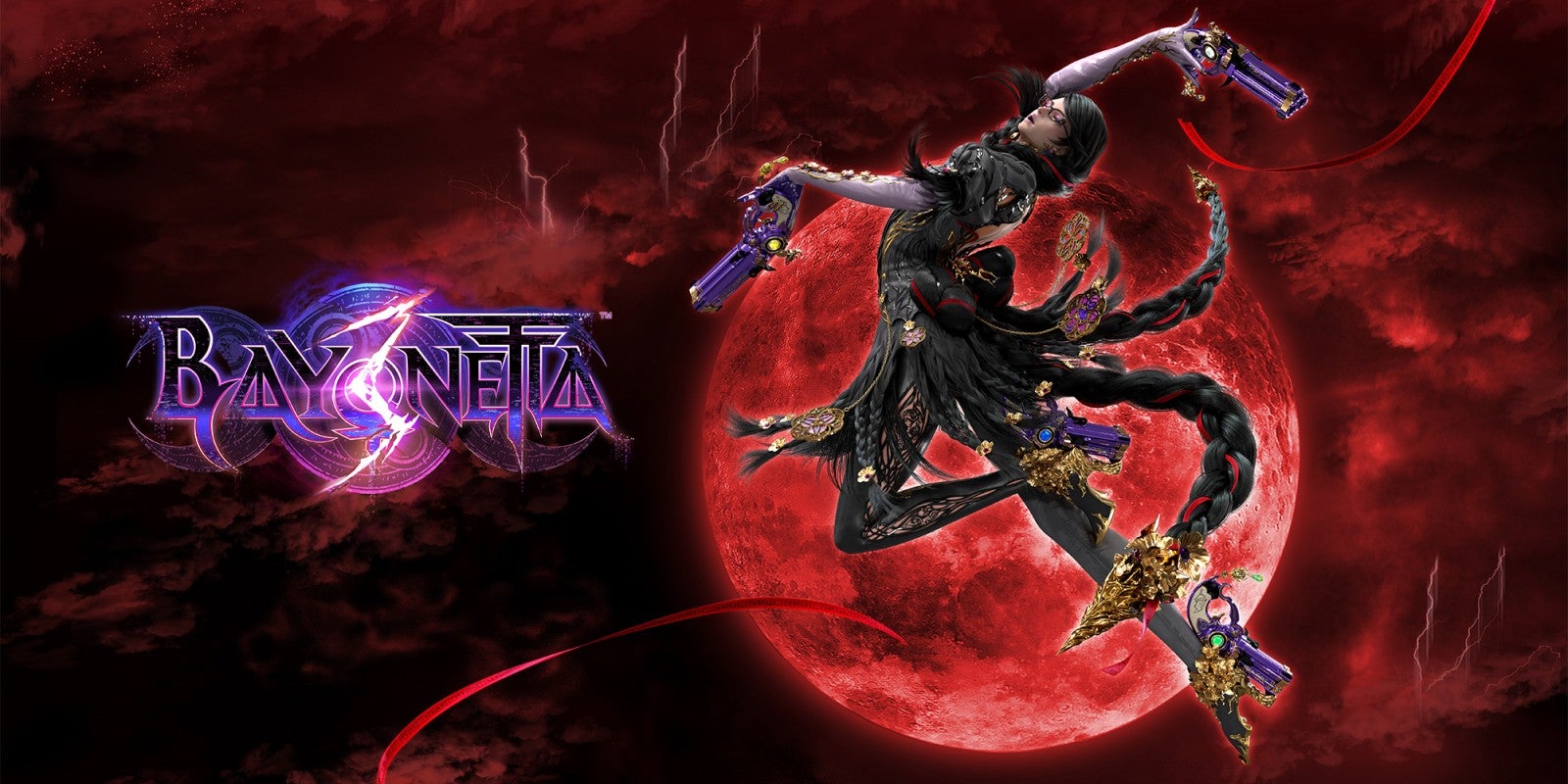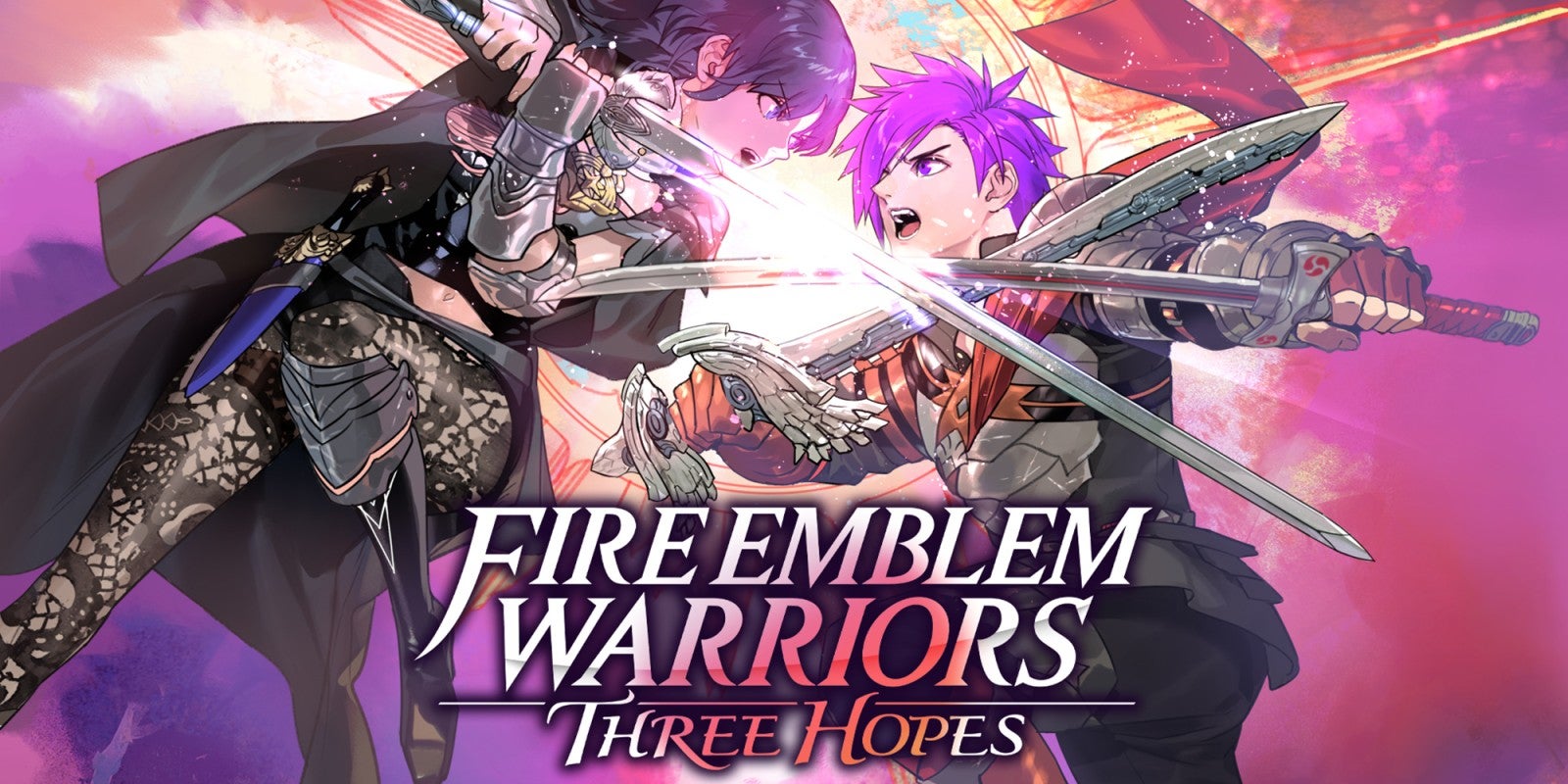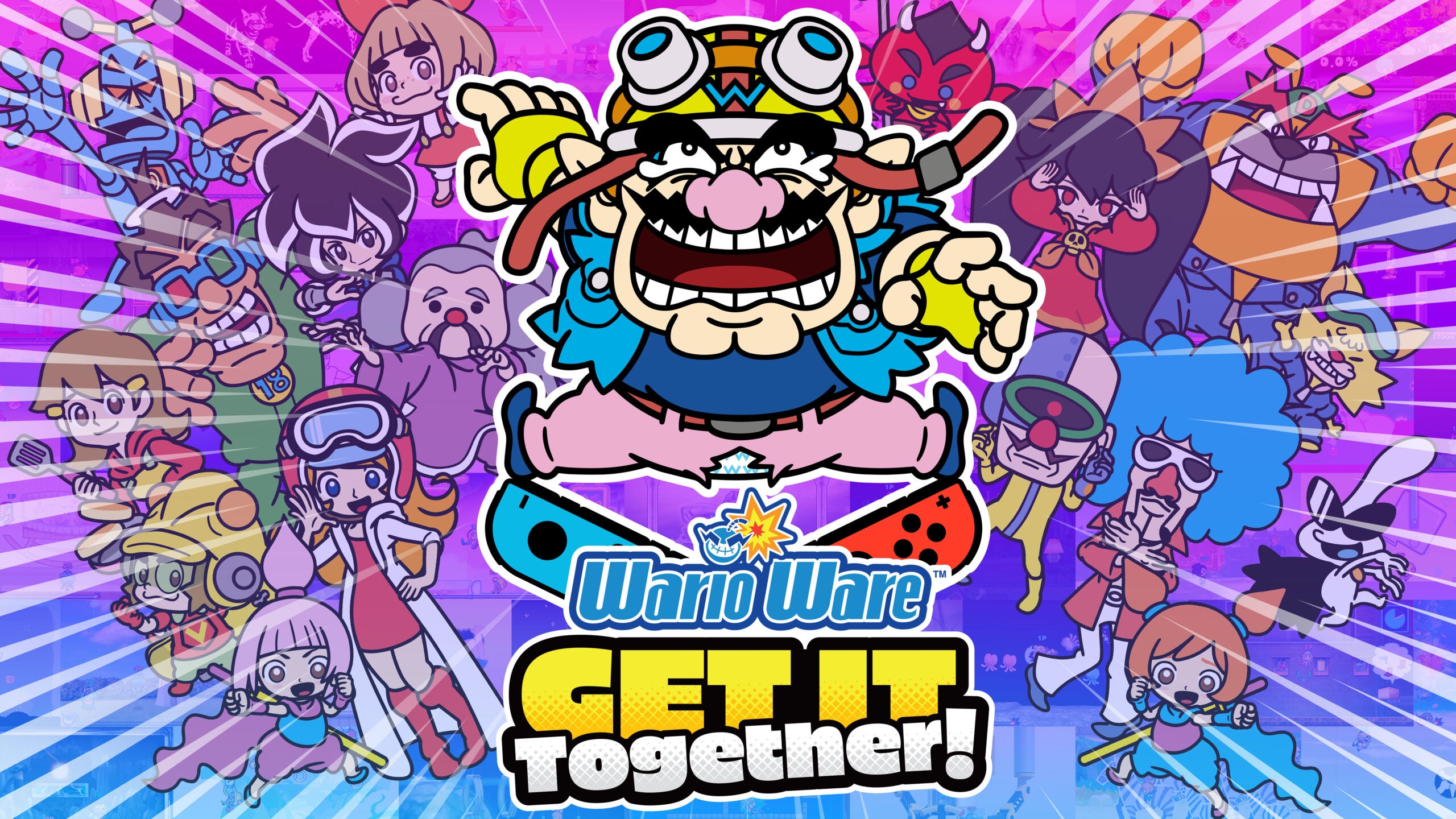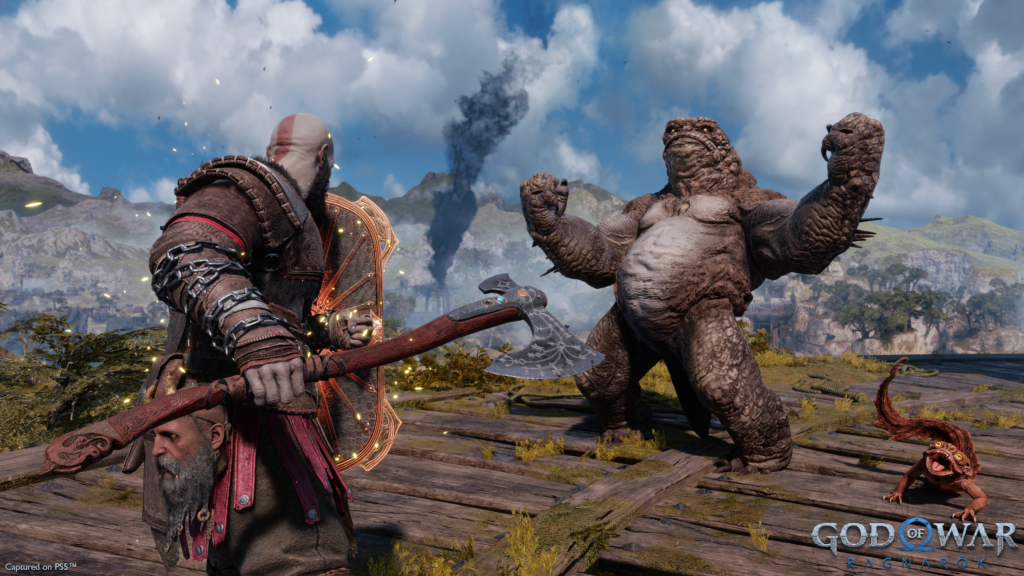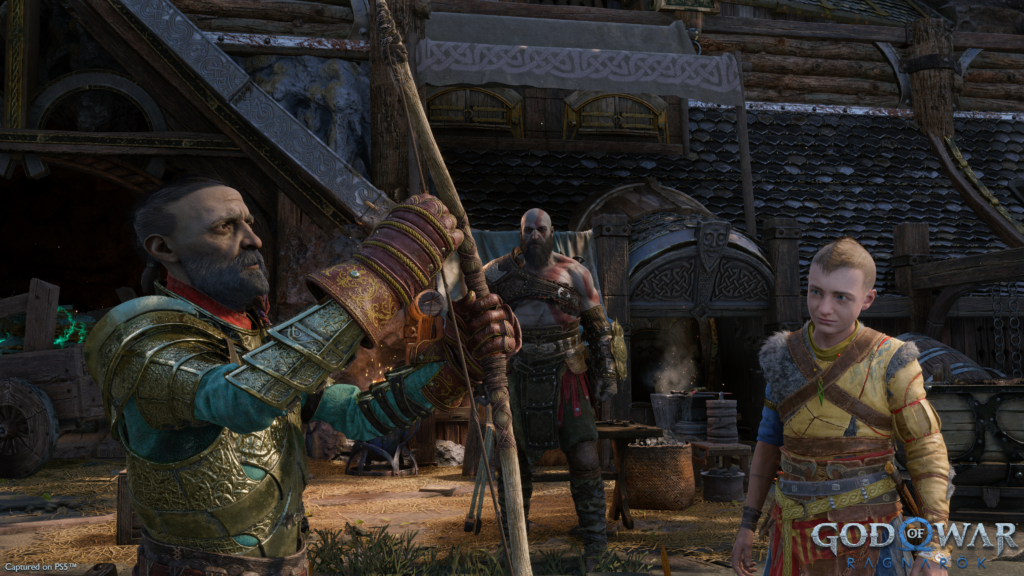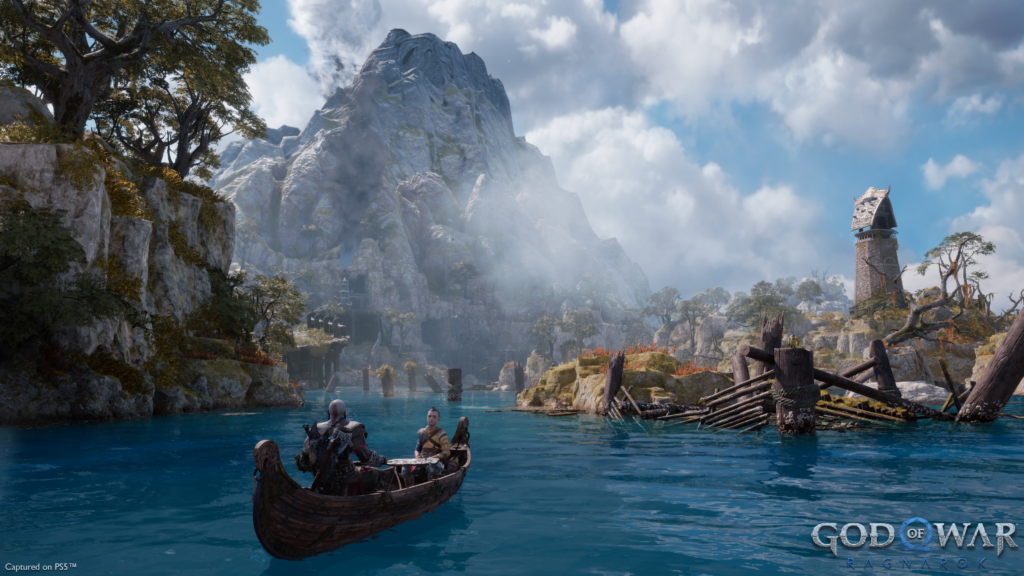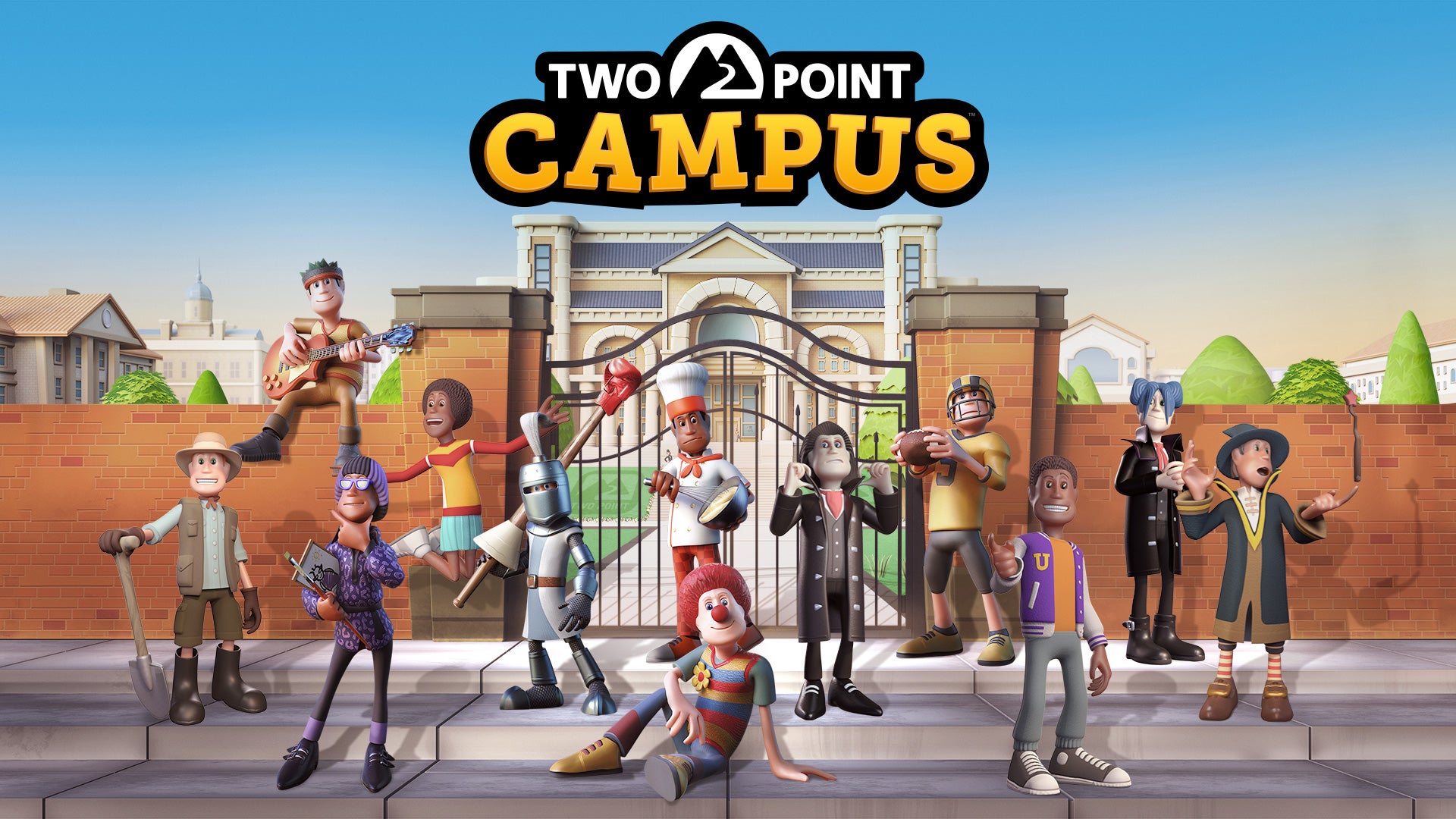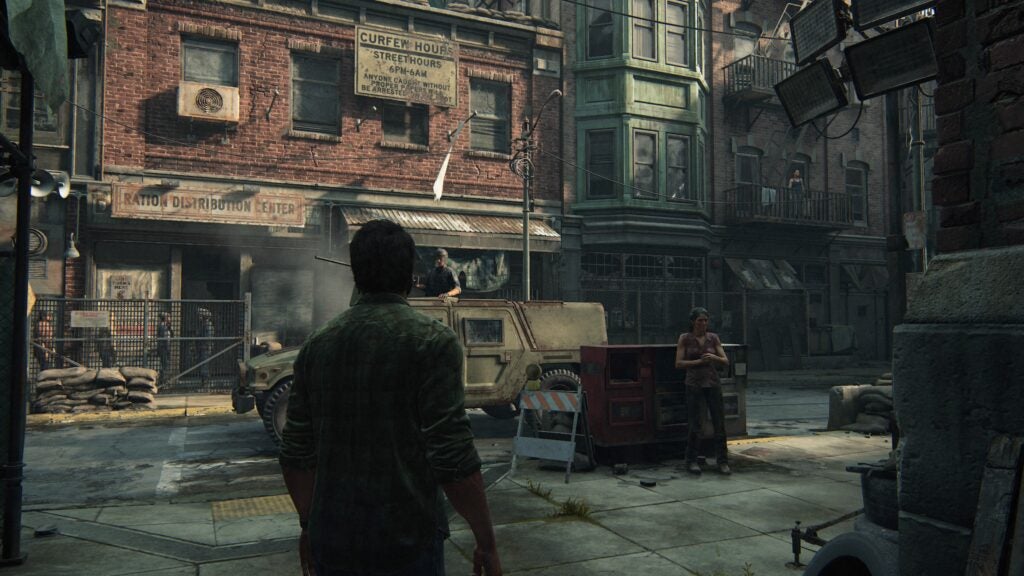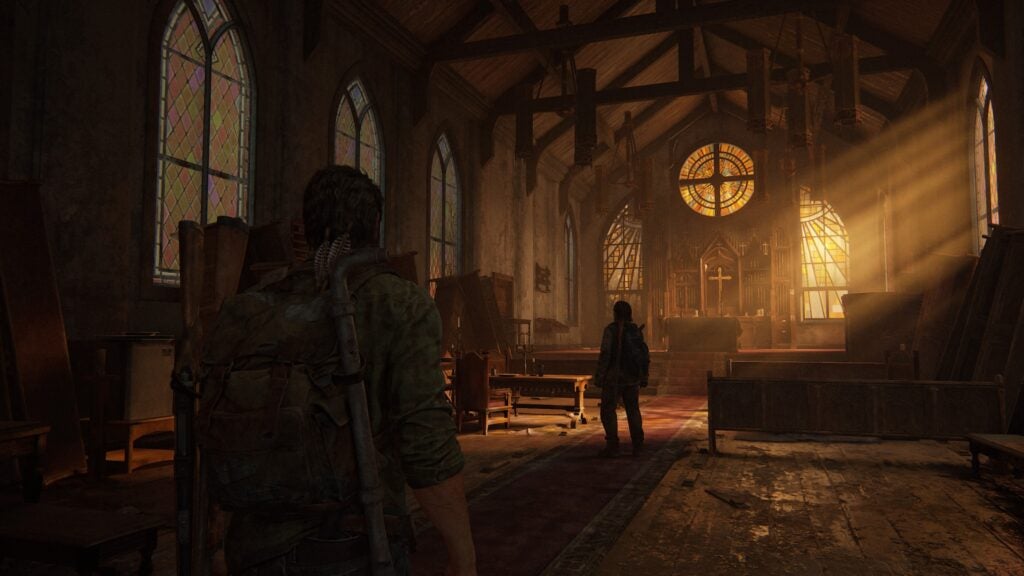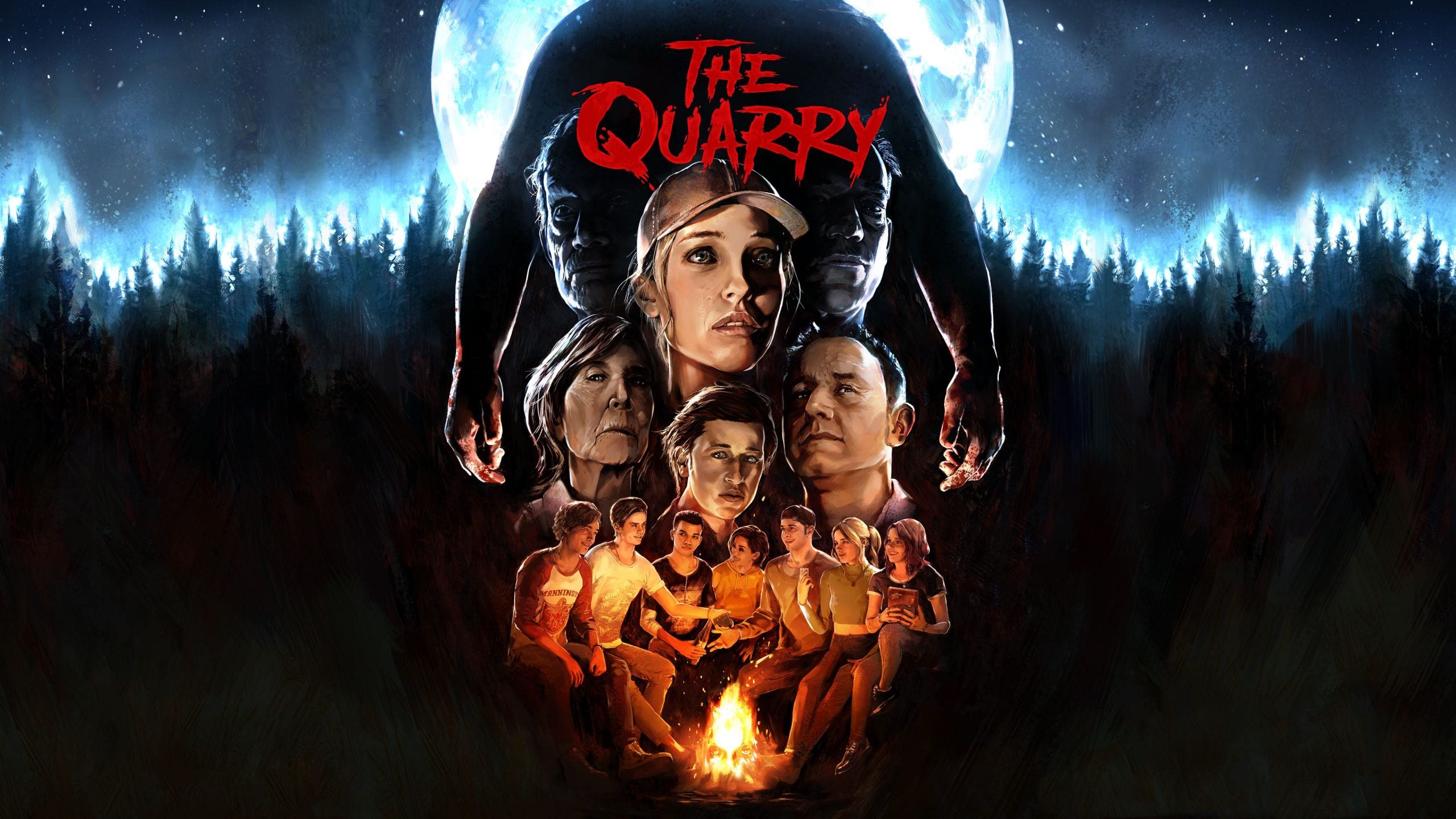Switch revisited

The Nintendo Switch is a versatile option for gamers, doubling up as both a handheld system and home console. The more recent OLED model offers better screen quality, while the Steam Deck packs a more powerful performance, but the original Switch is still a great value option for those who just want to play all the Nintendo exclusives.
Pros
- Gaming whenever, wherever you want
- Bright and colourful screen
- Versatile Joy-Con controllers
- Some truly incredible games
Cons
- Overpriced accessories
- Expensive games
Key Specifications
- Review Price: £279.99
- Detachable Joy-con controllers
- 2-in-1 portable home console
- TV dock
The Nintendo Switch is on offer in the Black Friday sale, bundled with the new Pokémon Scarlet game and priced at just £286.99. This deal will save you £62.99, but will only be available for a few days.
The original Nintendo Switch has been around for over 5 years now, but has still proved to be a popular gaming device thanks to its fantastic versatility. It can be used as both a handheld and home console, allowing you to seamlessly switch between either mode.
Nintendo has expanded the Switch’s game library over the years too, with 2022 entries including Pokémon Scarlet & Violet, Splatoon 3, Xenoblade Chronicles 3 and Nintendo Switch Sports.
But there’s no doubt that the Nintendo Switch is starting to show its age, being forced to rely on the cloud (which means a consistent internet connection) to play third-party games such as Control, Hitman 3 and Marvel’s Guardians of the Galaxy. Such hardware limitations are even more concerning since the arrival of the significantly more powerful Steam Deck portable.
And with the arrival of two Nintendo Switch variations – the Switch Lite and Switch OLED – is the original 5-year old portable still worth a buy? Here are my thoughts.
Design
- The Nintendo Switch is a hybrid console capable of both portable and docked play
- First launched in 2017 and has since received updates and revisions
- Is home to a vast library of fantastic exclusives and third-party games
The Nintendo Switch itself is a slightly chunky tablet, with thick bezels and a 6.2-inch capacitive touchscreen sporting a 1280 x 720 resolution. It’s more akin to a low-cost phablet rather than a cutting-edge gaming device, yet the construction feels rock-solid and the metal finish very classy.
Only two things really stand out: a hefty vent at the top for cooling purposes, and the kickstand at the rear that enables you to prop up the console for tabletop gaming sessions when you’re out and about. Or, more commonly in my household, banished to the kitchen while someone else is watching TV.

And the latter is one of the few areas where Nintendo has put a foot wrong. The kickstand feels surprisingly weak and flimsy, and allows for only one viewing angle. The console has suddenly fallen back a couple of times when, say, an over-excitable Mario Kart 8 Deluxe victor jogs the table. Nintendo has fixed the issue with Switch OLED if this is a big concern for you.
Also, note that you can forget about charging the device while in tabletop mode, since the USB-C charging port is positioned on the bottom of the Switch.
The screen might not have a 1080p resolution, but this is no big deal. 720p is a sensible target for mobile gaming hardware, and at this size you still get an incredibly immersive experience; it puts even the PS Vita to shame. Where the Vita struggled to convince that you were playing proper home-console games, the Switch does it every time – because you are. I’ve spent about 60% of my time playing titles such as Super Mario Odyssey or Dragon Quest Builders handheld, and I’ve never felt that I’m getting an inferior experience.
The Switch’s magic is really in the supplied accessories, particularly the dual Joy-Con controllers. These slide into the rails on the side of the Switch with a satisfying click, sliding out again when you press a button on the rear of each controller.
Just be careful that the digital click you hear when you attach the controllers is followed by a mechanical click to denote that all is properly in place. Otherwise, picking up the Switch by the controllers could see the tablet crashing to the floor.

The dock, meanwhile, is a fairly elegant slab of matte black plastic into which the console easily slips, connecting and charging the tablet through the USB-C port. It has sockets for the USB-C power adapter and HDMI cable, plus three USB 3 ports – two on the side, and one behind the flap at the back.
These USB ports can be used to charge the Switch Pro Controller or a Joy-Con charging accessory, or also for an Ethernet adapter. However, they can’t connect a USB hard drive or USB memory stick, which seems a shame given the limited 32GB onboard storage. If you want extra – and you will – then a microSD memory card is the only way to go.
There have been a number of complaints levelled at the dock, with some users saying that sliding the Switch into it resulted in scratched screens. We’ve found that you can avoid this issue as long as you’re careful, although it could be a cause for concern for those with small, reckless children.
Battery testing
- Battery life now differs depending on the model being used
- The Lite and new iterations of the standard console now last much longer
- Launch model battery life tests can be found below
Nintendo claims a battery life of three to six hours depending on the game, the brightness level and whether Wi-Fi is turned on or turned off. Brett tested this for his review last year and found that an hour of play would drain 36% of the battery, while an hour of charging would recharge it by 47% (with brightness set to 100% and Wi-Fi enabled).
My results this year – playing Super Mario Odyssey – aren’t much different, with any variation down to the change of game and the fact that my battery has been getting hammered for a year longer.
100% Brightness and Wi-Fi enabled
-38% after one hour of play
+45% after one hour of charge
50% Brightness and Airplane mode
-32% after one hour of play
+45% after one hour of charge
Realistically – and based on a year’s experience – you’re looking at a little under three hours of battery life for more demanding games and 20 minutes more with the brightness set to a comfortable 70%. That said, I’ve found that some less graphically intensive indie games will give you another half hour or so, so a lot depends on what you’re playing.
If you’re going on a flight, a day trip or a long-distance train journey then that three-hour battery life won’t be enough. Your best bet here is a USB-C battery pack with a high capacity and fast-charging capabilities, such as the Anker PowerCore+ 20100, the smaller PowerCore 10000 or RAVPower 26,800. Do yourself a favour and sling one in your bag before you go.
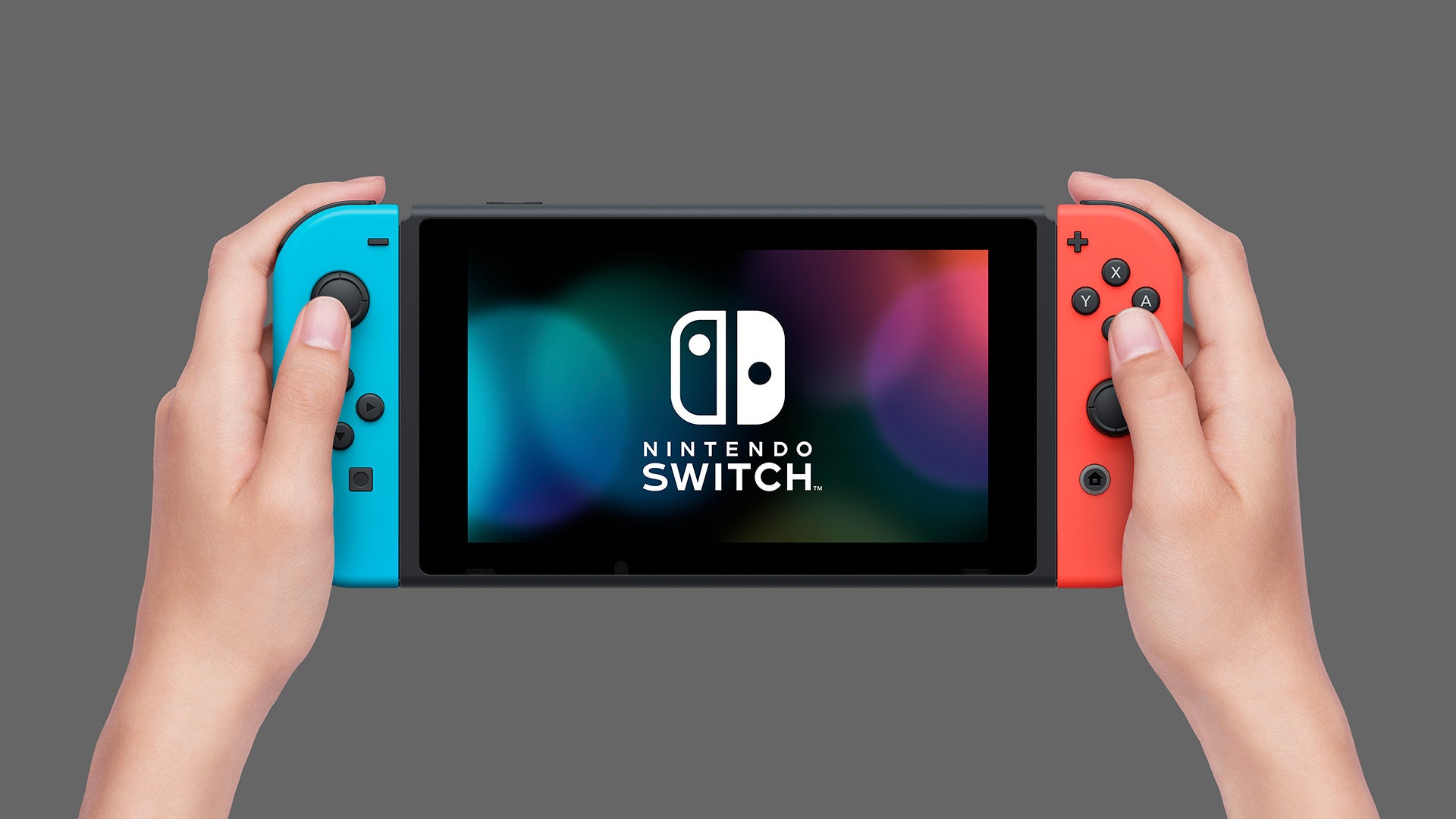
Joy-Con
- The Joy-con are detachable controllers with excellent battery life
- Can be used as a pair or individually as part of local multiplayer
- A small selection of games make use of motion controls and HD Rumble
Underestimate those Joy-Cons at your peril. Each packs in a lot of tech, with not just an analogue stick, four face buttons and a trigger and bumper per controller, but an accelerometer and a gyroscope, Nintendo’s HD Rumble haptic feedback engine and – with the right Joy-Con – an NFC reader for Amiibo and an infrared depth-tracking sensor.
I’m still not 100% comfortable playing many games with a Joy-Con in each hand – the combination of the lightweight controllers and the slightly awkward position of the right analogue stick occasionally wrongfoots me. Yet it’s undoubtedly the best way to play Mario Odyssey and to feel the subtle but immersive HD Rumble effects.
If you want a more conventional controller then you can always slot them into the bundled Joy-Con grip. This might still be a little too small for some hands – personally, I find that the right stick and the triggers/bumpers feel ever so slightly crammed in – but it’s something I’ve become used to over the past twelve months. While the Switch Pro controller is a stronger alternative, it’s an option rather than a must-have.
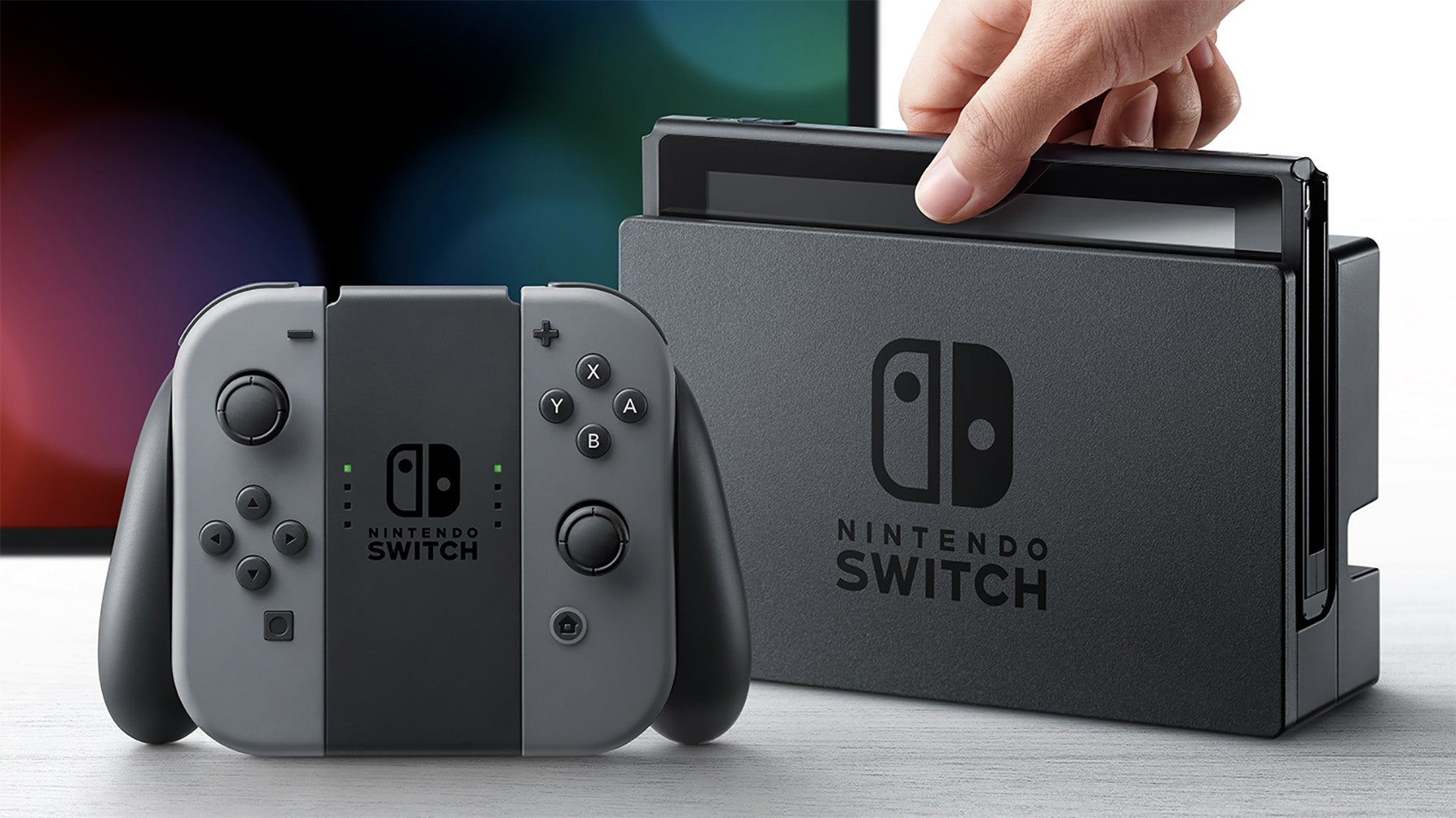
The other great advantage of the Joy-Con controllers is that you have two controllers as your disposal when playing multiplayer games. Slide them out of the Switch, attach the wrist-strap modules and you’re ready for multiplayer Puyo-Puyo Tetris or Mario Kart – anywhere, anytime.
The greatest issue with the Joy-Con controllers is a phenomenon called “Joy-Con Drift”. This occurs when the analogue stick starts to drift in one direction, causing your on-screen characters to walk off in the wrong direction. This only really happens with long-term use, but has been a widespread problem that may force you to purchase new controllers in the future.
UI and Social
- The Switch user interface has remained largely unchanged since its launch
- Screenshots and videos can be shared directly to social networks from the console
- Friends and other information can be imported from other devices with ease
The capacitive touchscreen and touch-friendly UI makes the Switch a joy to use, and whether you’re starting a game, changing settings or browsing the eShop, it’s easy to get around. I tend to pull the Switch out of its dock if I’m changing settings or purchasing something, just because it’s faster to navigate the UI or enter text by swiping left and right, tapping options or using the onscreen keyboard. You can switch between users quickly – the Switch supports up to eight – with the homescreen adapting to display the most recent games you’ve played.
When you launch a game or the eShop, the Switch even asks which user you want to launch it with. If, say, you’ve come unstuck loading a PS4 game, only to find that you’re on the wrong profile, you’ll understand how useful this can be.
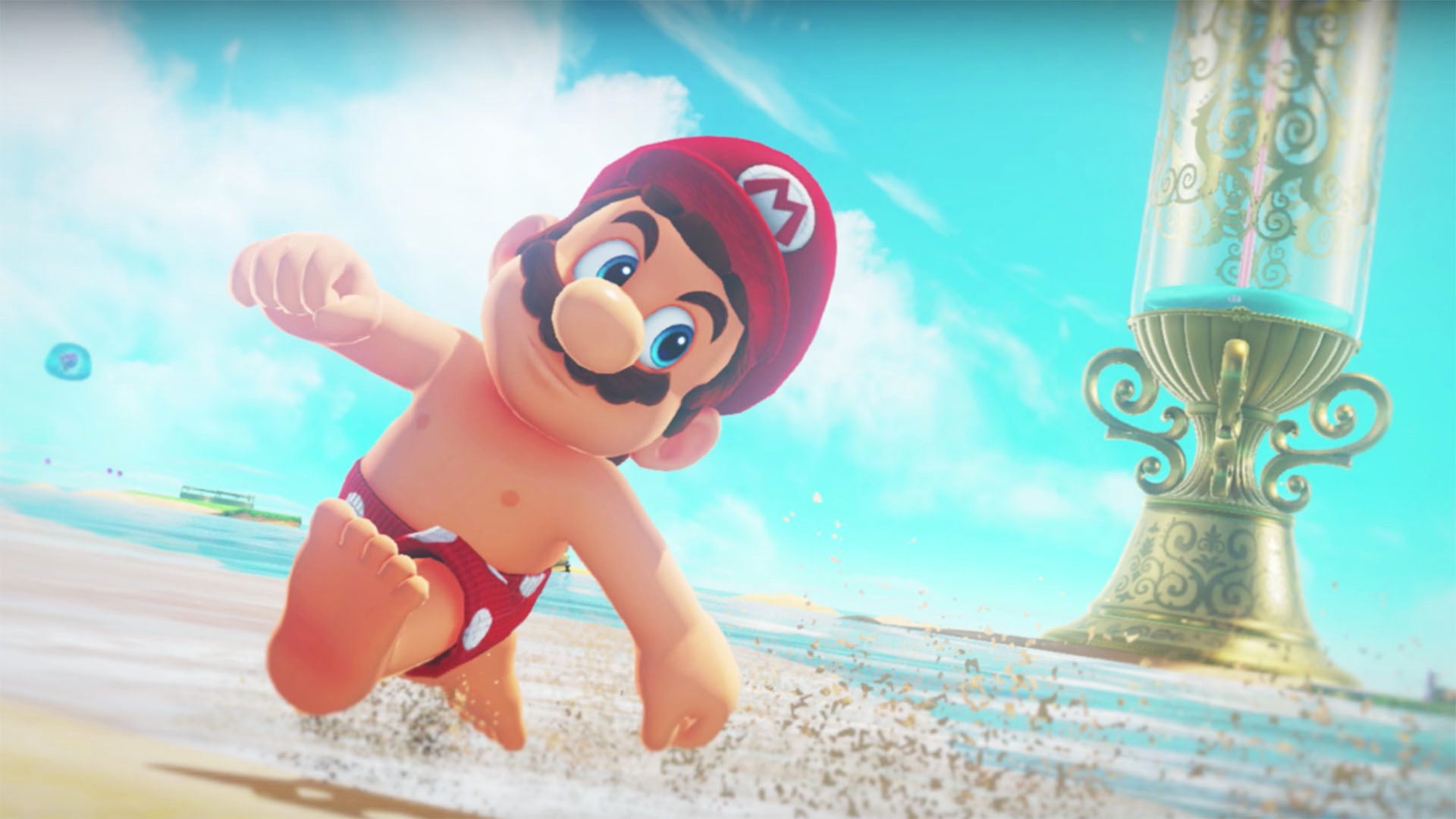
One surprise about Nintendo’s software is how barebones and game-focused it is. There’s no real apps ecosystem as there is on the Xbox One and PS4, and you can’t even watch video-streaming services as you can on the Wii U. For me, this isn’t an issue. If I want to watch Netflix then I can reach for the TV remote, my tablet or my smartphone, not to mention the aforementioned consoles. If you’re travelling with just a Switch and phone for company, however, then you might take a different view.
Nintendo also has a Switch Online membership (£17.99 per year) which is required to play multiplayer games online. Upgrade to the Expansion plan (£34.99 per year) and you’ll also get access to a treasure trove of NES, SNES, N64 and SEGA Mega Drive games. There’s also a family plan available if more than one person in your household wants access.
These plans offer decent value, but it’s a shame that you only get access to old games. Xbox Game Pass, and PS Plus Premium to a lesser extent, offer access to a huge library of modern games although are admittedly more expensive than Nintendo’s offering.
Should you buy it?
Portable and docked play appeal to you:
One of the biggest draws of Nintendo Switch is the ability to use it as both a handheld and a traditional console. This is also a big reason to buy this device instead of the more affordable Switch Lite.
Nintendo games aren’t your jam: You won’t find any third-person dramatic blockbusters like God of War or The Last of Us over on Nintendo Switch, and if such a thing bothers you, perhaps go elsewhere. The Switch is all about Zelda, Mario and company.
Final Thoughts
The Nintendo Switch is starting to show its age, struggling to run modern third-party games, while also seeing performance issues for new first-party releases such as Pokémon Scarlet & Violet. This worry is only compounded by the speedy performance of the Steam Deck.
But this is still an excellent device, proving to be the most affordable hybrid console that lets you play excellent Nintendo games both at home and on the go.
How we test
In order to test the Nintendo Switch, we played a number of games and compared its performance to rival consoles such as the Steam Deck.
We’ve also made sure to check the latest firmware updates and design alterations to make sure this review is up to date for modern day buyers.
Tested a variety of games on the system
Test the battery life.
The post Nintendo Switch Review appeared first on Trusted Reviews.





